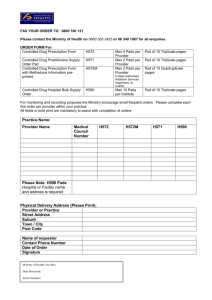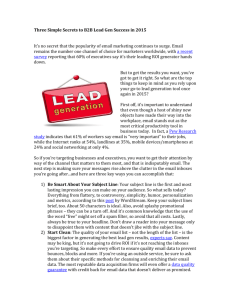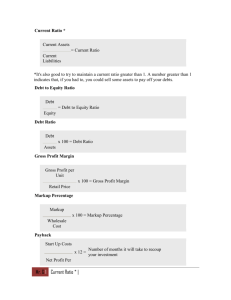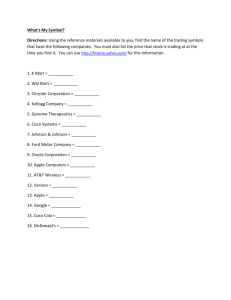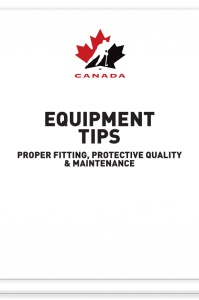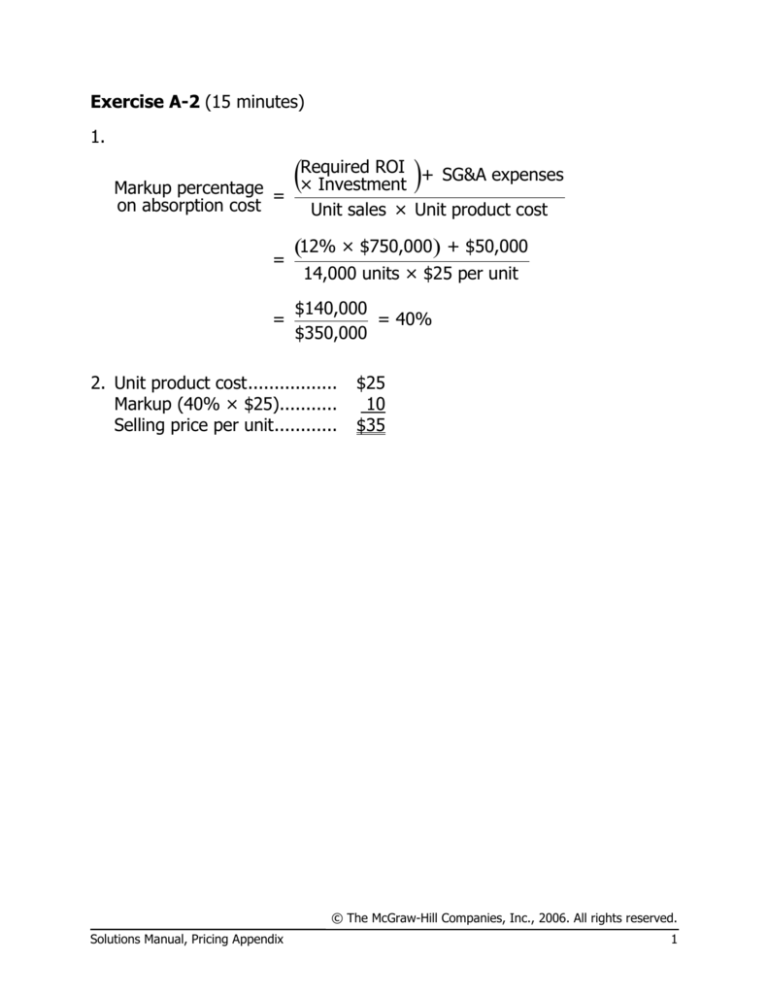
Exercise A-2 (15 minutes)
1.
Required ROI + SG&A expenses
(
×
Investment )
Markup percentage =
on absorption cost
Unit sales × Unit product cost
=
=
(12% × $750,000) + $50,000
14,000 units × $25 per unit
$140,000
= 40%
$350,000
2. Unit product cost .................
Markup (40% × $25)...........
Selling price per unit ............
$25
10
$35
© The McGraw-Hill Companies, Inc., 2006. All rights reserved.
Solutions Manual, Pricing Appendix
1
Exercise A-3 (10 minutes)
Sales (300,000 units × $15 per unit).......... $4,500,000
Less desired profit (12% × $5,000,000) .....
600,000
Target cost for 300,000 units ..................... $3,900,000
Target cost per unit = $3,900,000 ÷ 300,000 units = $13 per unit
© The McGraw-Hill Companies, Inc., 2006. All rights reserved.
2
Managerial Accounting, 11th Edition
Problem A-5 (30 minutes)
1. a. Supporting computations:
Number of pads manufactured each year:
38,400 labor-hours ÷ 2.4 labor-hours per pad = 16,000 pads.
Selling, general, and administrative expenses:
Variable (16,000 pads × $9 per pad) ....... $144,000
Fixed ..................................................... 732,000
Total ...................................................... $876,000
Required ROI + SG&A expenses
(
Markup percentage = × Investment )
on absorption cost
Unit sales × Unit product cost
=
=
(24% × $1,350,000) + $876,000
16,000 pads × $60 per pad
$1,200,000
= 125%
$960,000
b. Direct materials .........................................
Direct labor ...............................................
Manufacturing overhead ............................
Unit product cost .......................................
Add markup: 125% of unit product cost .....
Selling price ..............................................
$ 10.80
19.20
30.00
60.00
75.00
$135.00
© The McGraw-Hill Companies, Inc., 2006. All rights reserved.
Solutions Manual, Pricing Appendix
3
Problem A-5 (continued)
c. The income statement will be:
Sales (16,000 pads × $135 per pad) ................
$2,160,000
Less cost of goods sold
(16,000 pads × $60 per pad) ........................
960,000
Gross margin ..................................................
1,200,000
Less selling, general, and admin. expenses:
Sales commissions ........................................ $144,000
Salaries ........................................................
82,000
Warehouse rent ............................................
50,000
Advertising and other ................................... 600,000
Total selling, general, and admin. expense........
876,000
Net operating income ......................................
$ 324,000
The company’s ROI computation for the pads will be:
ROI =
=
Net Operating Income
Sales
×
Sales
Average Operating Assets
$324,000
$2,160,000
×
$2,160,000
$1,350,000
= 15% × 1.6 = 24%
2. Variable cost per unit:
Direct materials ................................................ $10.80
Direct labor ...................................................... 19.20
Variable manufacturing overhead (1/5 × $30) ....
6.00
Sales commissions ............................................
9.00
Total ................................................................ $45.00
If the company has idle capacity and sales to the retail outlet would not
affect regular sales, any price above the variable cost of $45 per pad
would add to profits. The company should aggressively bargain for more
than this price; $45 is simply the rock-bottom floor below which the
company should not go in its pricing.
© The McGraw-Hill Companies, Inc., 2006. All rights reserved.
4
Managerial Accounting, 11th Edition
Problem A-6 (45 minutes)
1. Projected sales (100 machines × $4,950 per machine) ... $495,000
Less desired profit (15% × $600,000) ...........................
90,000
Target cost for 100 machines ........................................ $405,000
Target cost per machine ($405,000 ÷ 100 machines) .....
Less National Restaurant Supply’s variable selling cost
per machine ..............................................................
Maximum allowable purchase price per machine ............
$4,050
650
$3,400
2. The relation between the purchase price of the machine and ROI can be
developed as follows:
ROI =
=
Total projected sales - Total cost
Investment
$495,000 - ($650 + Purchase price of machines) × 100
$600,000
The above formula can be used to compute the ROI for purchase prices
between $3,000 and $4,000 (in increments of $100) as follows:
Purchase price
$3,000
$3,100
$3,200
$3,300
$3,400
$3,500
$3,600
$3,700
$3,800
$3,900
$4,000
ROI
21.7%
20.0%
18.3%
16.7%
15.0%
13.3%
11.7%
10.0%
8.3%
6.7%
5.0%
© The McGraw-Hill Companies, Inc., 2006. All rights reserved.
Solutions Manual, Pricing Appendix
5
Problem A-6 (continued)
Using the above data, the relation between purchase price and ROI can
be plotted as follows:
© The McGraw-Hill Companies, Inc., 2006. All rights reserved.
6
Managerial Accounting, 11th Edition
Problem A-6 (continued)
3. A number of options are available in addition to simply giving up on
adding the new sorbet machines to the company’s product lines. These
options include:
• Check the projected unit sales figures. Perhaps more units could be
sold at the $4,950 price. However, management should be careful not
to indulge in wishful thinking just to make the numbers come out right.
• Modify the selling price. This does not necessarily mean increasing the
projected selling price. Decreasing the selling price may generate
enough additional unit sales to make carrying the sorbet machines
more profitable.
• Improve the selling process to decrease the variable selling costs.
• Rethink the investment that would be required to carry this new product. Can the size of the inventory be reduced? Are the new warehouse
fixtures really necessary?
• Does the company really need a 15% ROI? Does it cost the company
this much to acquire more funds?
© The McGraw-Hill Companies, Inc., 2006. All rights reserved.
Solutions Manual, Pricing Appendix
7


